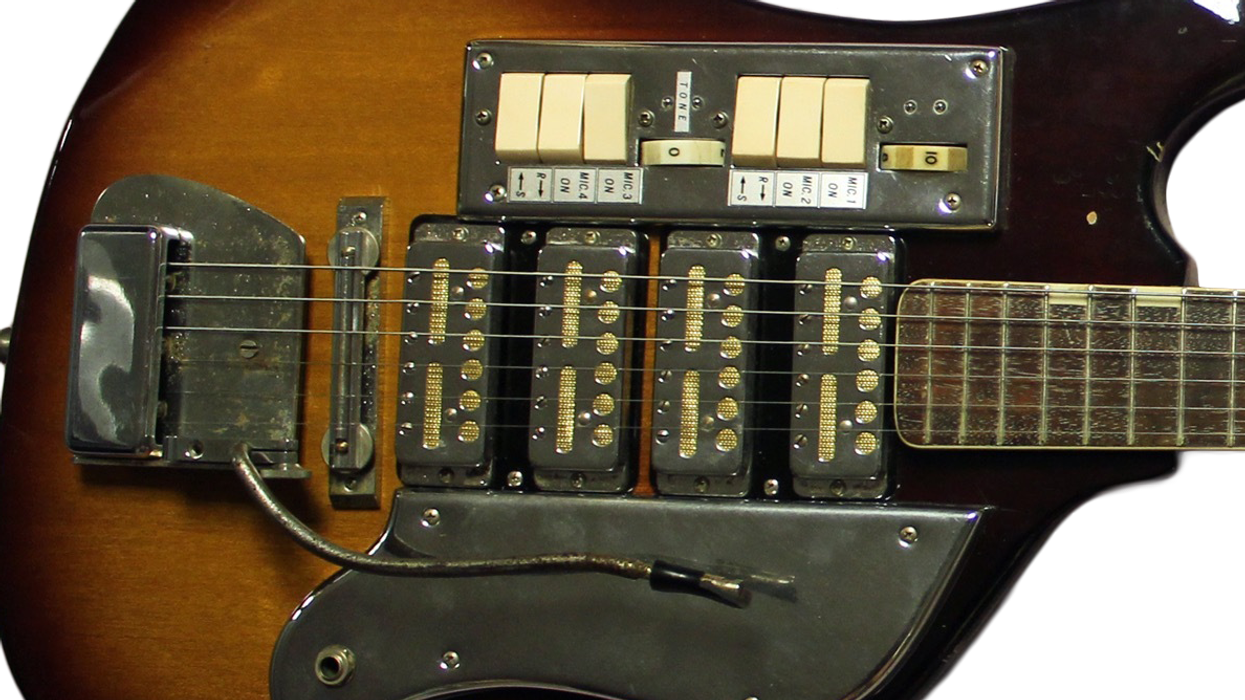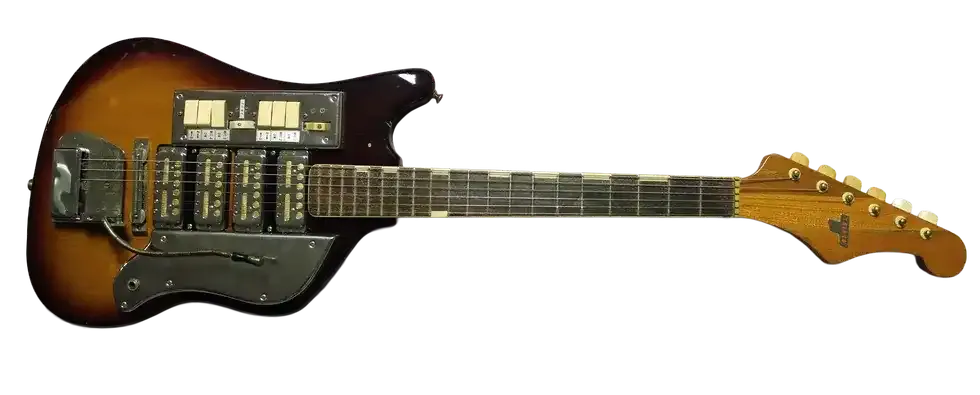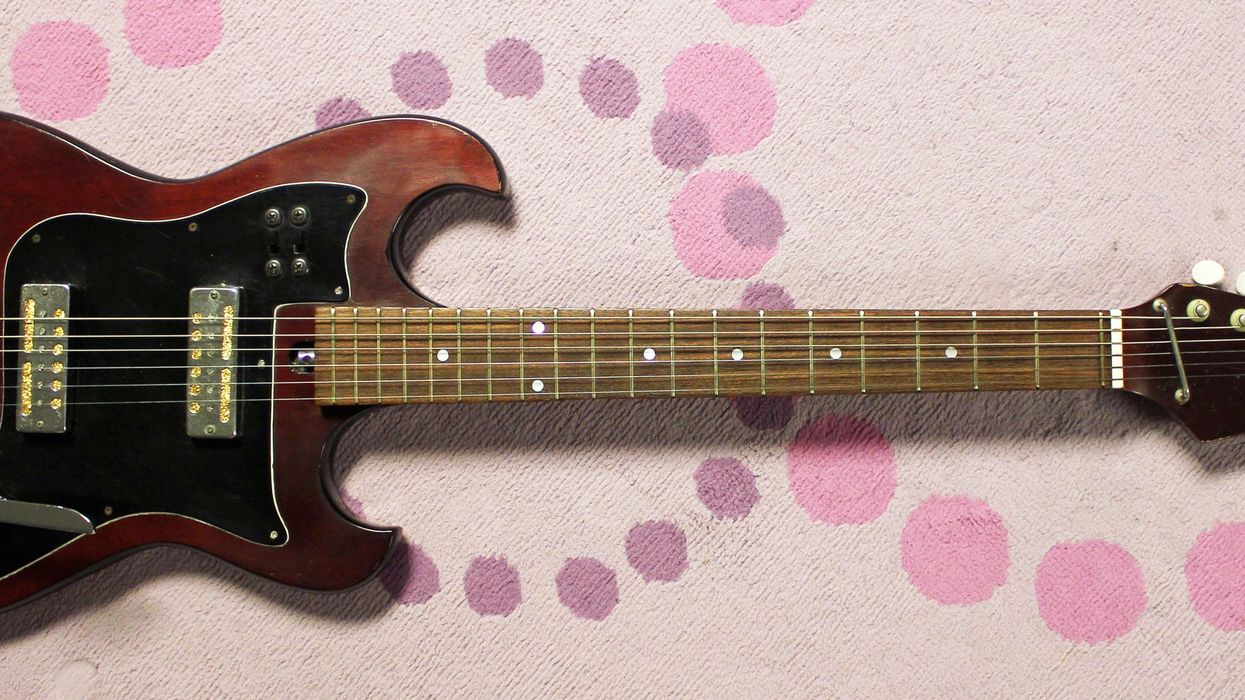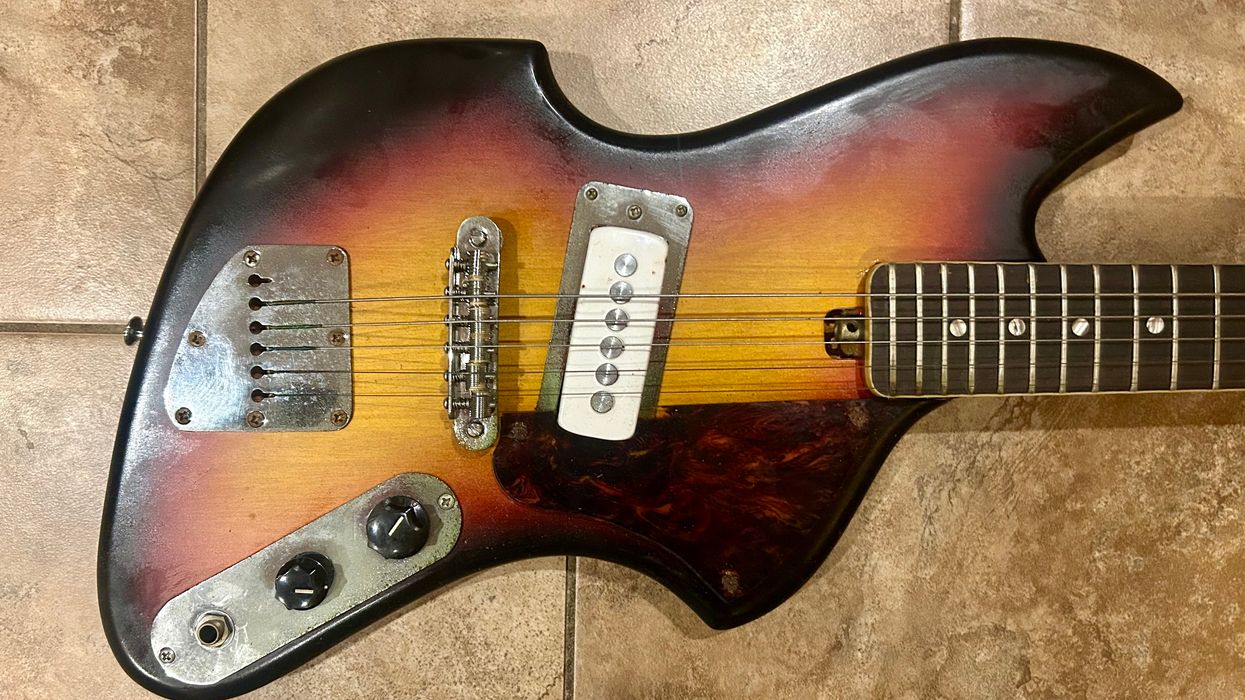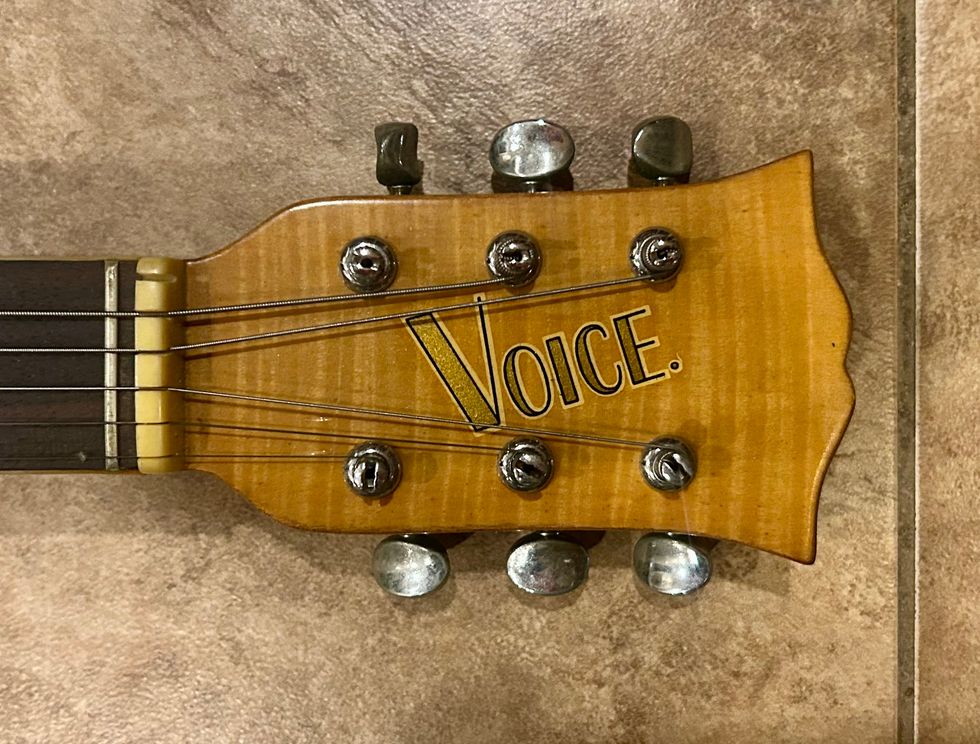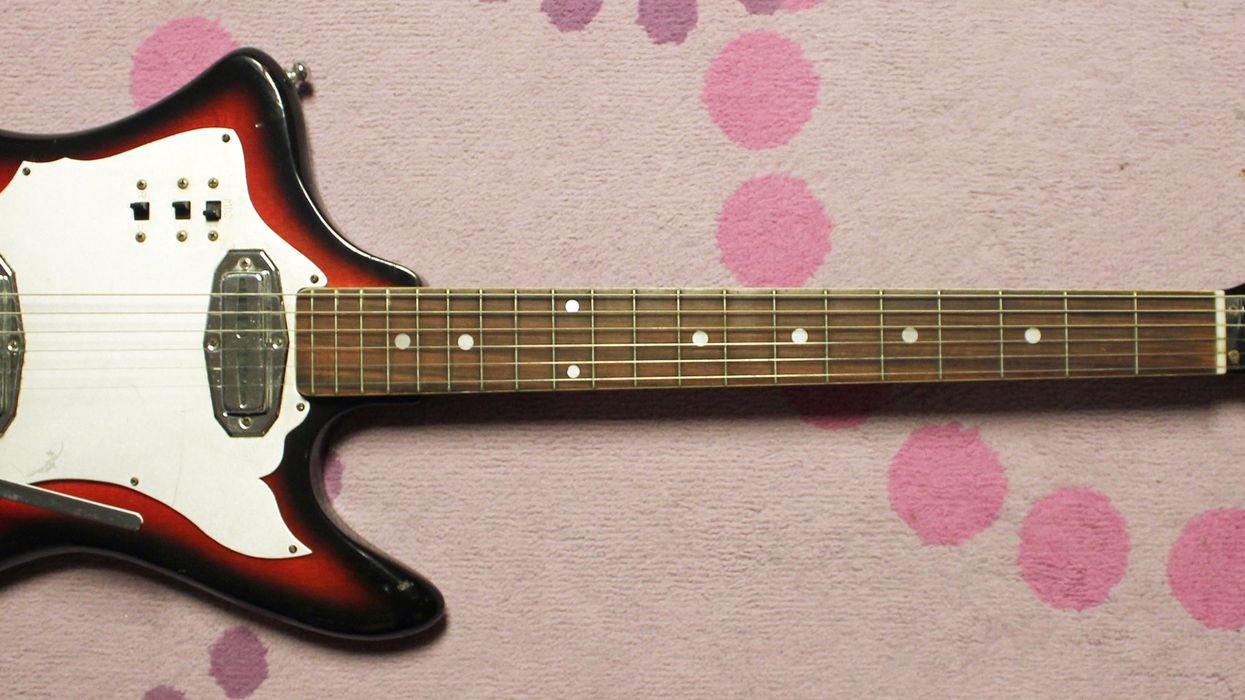So, the other day my wife and I were having this wonderful conversation about music from the '80s and great songs from our youth. She is a huge '80s music fan who sings along anytime she hears "99 Luftballons" or "Take on Me" (her favorite). Heck, if I play Devo, it's game over! While immersing ourselves in the old classics, I came across the first album by the Cure, 1979's Three Imaginary Boys. I was never a big Cure fan, and only knew a few songs, but the first LP was really something. The band had an incredibly interesting sound with some creative guitar stuff going on, and I was really digging on "10:15 Saturday Night," "It's Not You," "Faded Smiles," and, of course, the total classic "Boys Don't Cry."
Our house had this album playing nonstop for about three days, and I was continually struck by Robert Smith's tones. He had a rather large palette that ranged from raw and grinding to a bit thin and echo-like. The latter I kept pondering, because it sounded like a vintage Japanese guitar, with that thin, trebly quality combined with a soft attack. So off I went to search out Smith's guitars and—lo and behold—I found that he then favored playing a vintage Japanese guitar! I was shocked, because for some reason I always associated his playing with a Fender Jazzmaster. But then, as I studied further, I discovered that he actually put a small single-coil pickup in the middle position of his Jazzmaster. And the pickup came from his old Japanese guitar. He even stated in interviews that he favored the pickup and used it all the time while the band recorded that first album.
I was never a big Cure fan, and only knew a few songs, but the first LP was really something.
The guitar he played in the early days was a very common model sold both in the States and in England. Across the pond, the most frequent brand name affixed to this model was "Top Twenty," but over here it came with a few different brand names. Robert's model was basically identical to the one I have, pictured here, except his had two pickups. Mine carries a "Recco" logo.
The maker of these guitars was almost forgotten to time but for the memory of one man: Eddie Wakayama, who I met in Japan. I discovered Eddie through interviews with Ron Sackheim, whose father owned Strum & Drum, which imported guitars to the U.S. with the Norma brand name. Eddie acted as the buyer for Strum & Drum, and almost always partnered with a small woodworking factory named Sakai Mokko, located outside of Nagoya, Japan. Eddie has many old memories of the factory, which was primarily operating in the late '60s and early '70s. Basically, Sakai Mokko produced the wooden parts. Not coincidentally, Eddie also had a small electronics company named Mitsuya that supplied electronics for guitars. The Norma brand's version of the same guitar had the model name EG 413-2T, and I suspect my Recco was made around 1968. It has a simple control set: an on-off button for each of three pickups, and tone and volume dials. There's also an adjustable bridge.

Smith so loved those pickups that he put one between the P-90s of his well-known white Fender Jazzmaster.
My Recco here is rather unremarkable, and I had several during my early days of collecting. The bodies are plywood, and many of the necks don't have adjustable truss rods. The tone is thin and really epitomizes the sound that I usually attribute to average made-in-Japan electric guitars from that era. I found it very surprising that Robert bonded that much with his Top Twenty—to the point of using its old pickup rather than the revered Jazzmaster pickups when he made the switch to Fender.
There is a real lesson here for all of us: Great music can be made with any guitar, and I think it's important to think of instruments as colors in your palette. Plus, when you bond with a guitar or a sound, the bond is usually lifelong. I gained a new level of respect for Mr. Smith. And hey, if any of you know him, please have him reach out so we can talk old guitars! I wonder if he still has that Top Twenty?Late 60s Recco Japanese Guitar Demo
Mike Dugan puts our columnist's Recco guitar through its paces, revealing a wealth of clean and dirty tones. Hang in for the feedback finale.


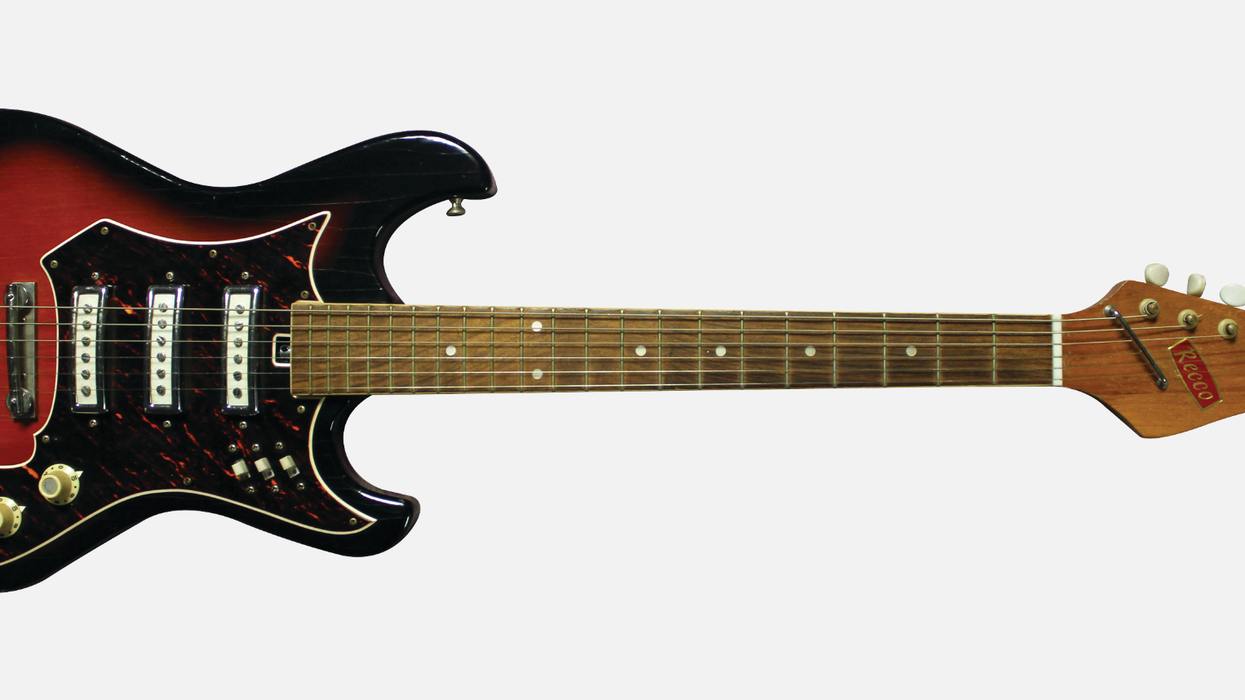


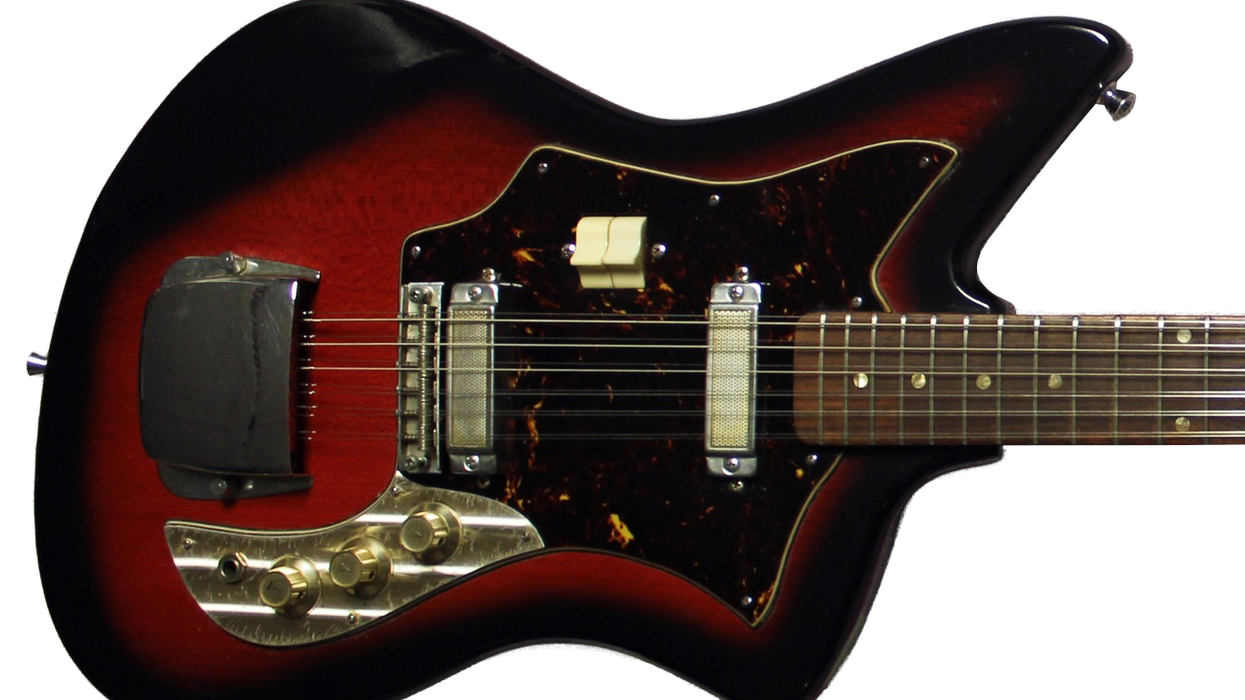
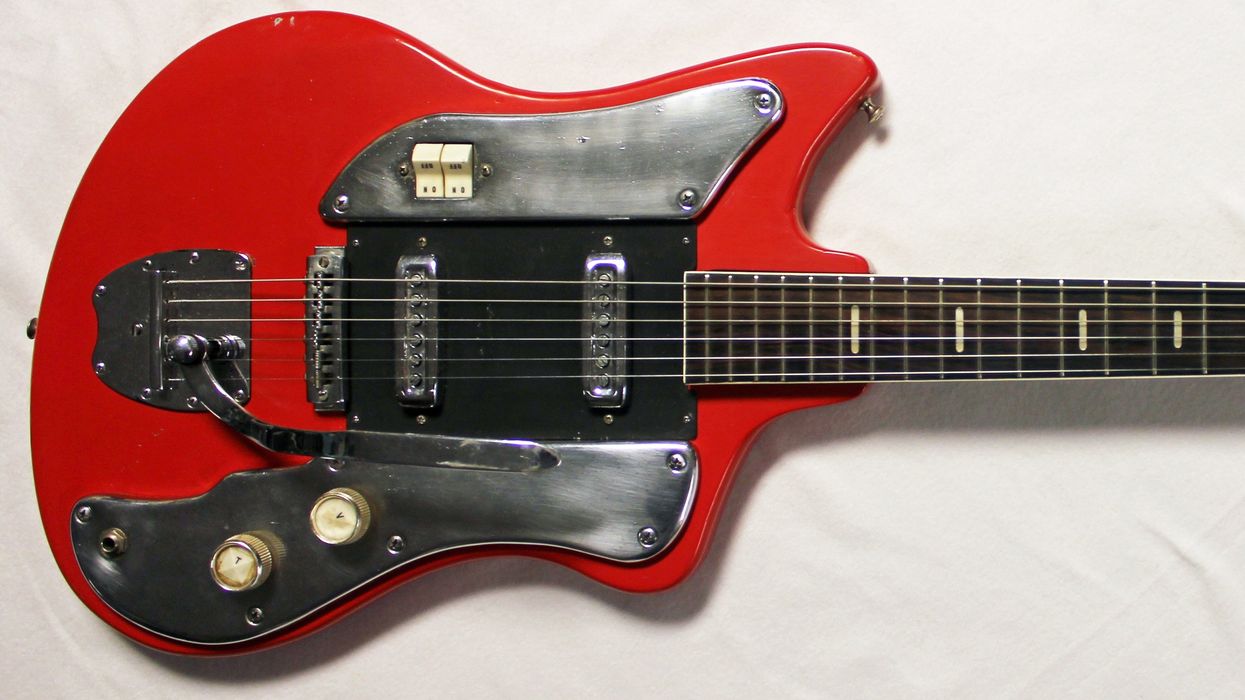
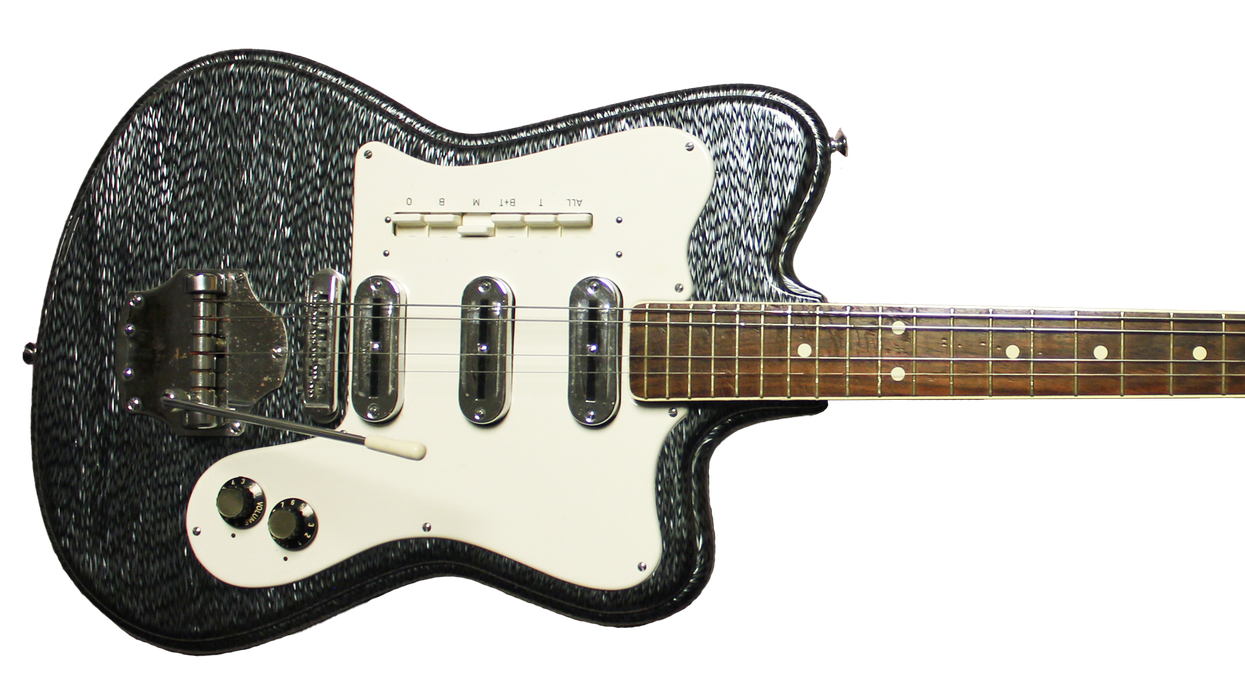
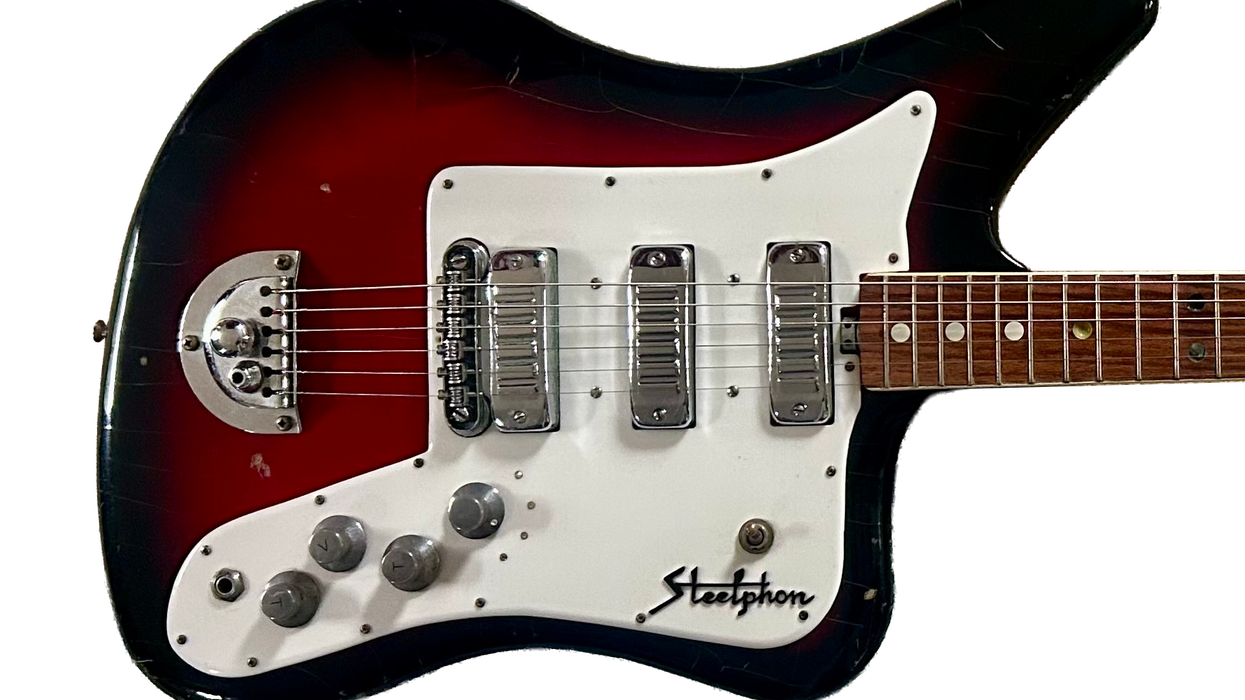
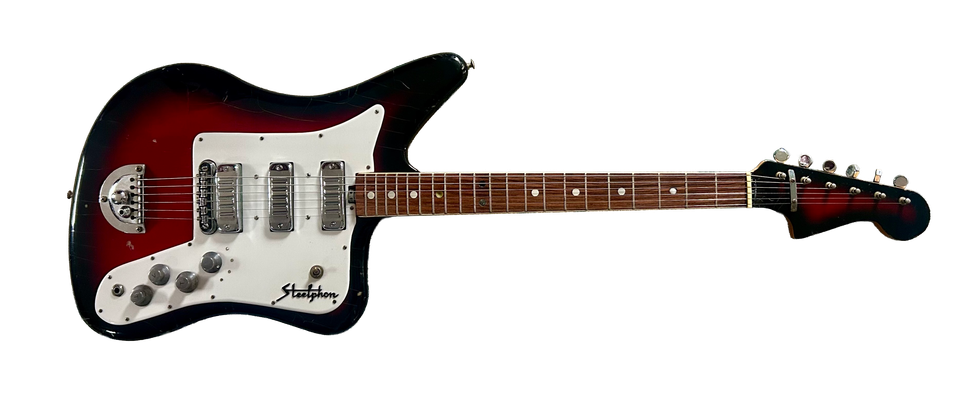 Then, in the dream, I “awoke” and realized I was back in my bedroom, and it was all just a dream. The kicker is that I was still dreaming, because that “paddle” guitar was suddenly in my hands—then I woke up for real! How about that misadventure?
Then, in the dream, I “awoke” and realized I was back in my bedroom, and it was all just a dream. The kicker is that I was still dreaming, because that “paddle” guitar was suddenly in my hands—then I woke up for real! How about that misadventure?

![Rig Rundown: Russian Circles’ Mike Sullivan [2025]](https://www.premierguitar.com/media-library/youtube.jpg?id=62303631&width=1245&height=700&quality=70&coordinates=0%2C0%2C0%2C0)



